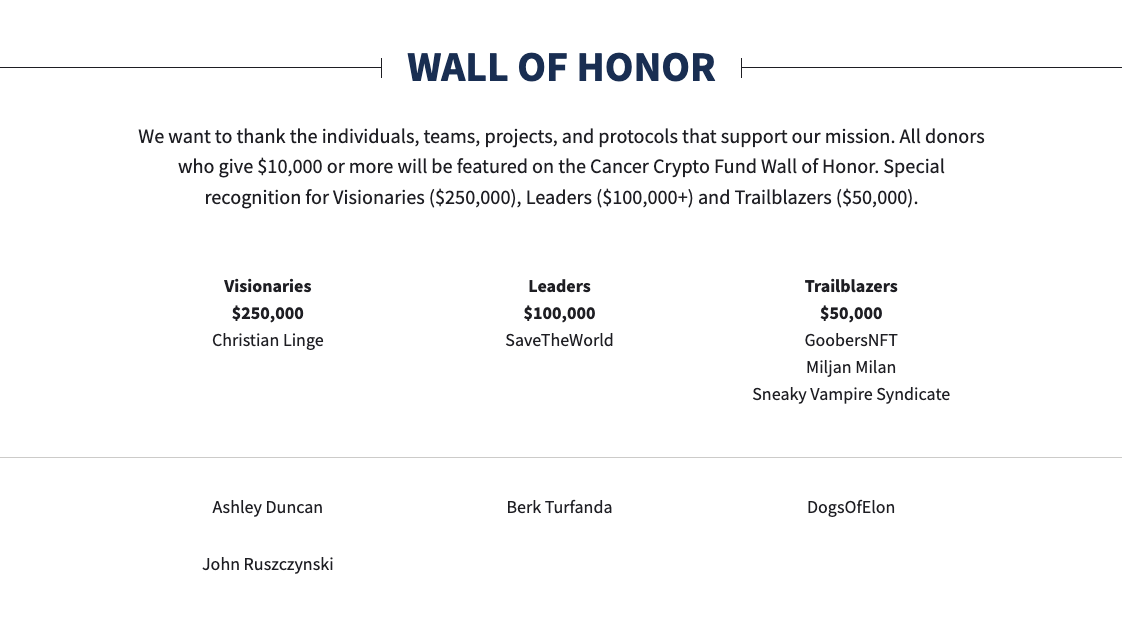Is it you or is it the economy—or a combination of both? Recessions can trigger legitimate concerns about how to keep donors engaged in your mission and giving consistently.
Dwindling donations and lower email open rates may be red flags that indicate a major issue: your fundraising strategy no longer resonates with a donor base impacted by an economic downturn.
Below, you’ll discover five actionable ideas that can reinvigorate your supporters’ passion and generosity during a recession.
What Happens to Nonprofits in a Recession?
When recessions loom, nonprofits tend to reevaluate costs to prepare for difficult times ahead. They often experience staff layoffs and limit spending, even on successful strategies that generate revenue.
Organizations do this, typically, in anticipation of having shortfalls in annual donation revenue. This downward cycle often continues until the economy reverses course, which could take months or even years.
Do Recessions Affect Charitable Giving?
Philanthropy won’t dry up entirely during “down years,” of course. But the charitable sector has experienced sharp giving declines in recent history. During the Great Recession, U.S. charitable donations dropped by 7% in 2008 and 6.2% in 2009.
Though bear markets and recessions can cause charitable giving to decline, the effect isn’t always immediate. Instead, the fallout from an economic downturn can take a few years to run its course of affecting donations to nonprofits.
That long-term impact is why it’s so critical to think strategically, rather than panic, about your approach to donor stewardship during a recession.
5 Ways to Keep Donors Engaged in a Recession
Nobody knows your donor base better than you. While it’s up to your team to identify which ideas will resonate, here are several tactics that can energize supporters or even reactivate lapsed donors during a recession.
(Since your nonprofit is probably practicing a budget-conscious mindset, most of these are free or low-cost ideas.)
1. Get Creative in Showing Gratitude
One of the biggest reasons why donors churn is feeling unappreciated or not being thanked promptly.
If you’re temporarily unable to send donor appreciation gifts or throw an annual gala because of budget cuts, fear not. There are numerous creative, minimal-cost ways to convey your appreciation to donors, including these ideas:
- Shout-out your donors on social media platforms
- Mail handwritten thank-you notes to your donors
- Email donors on their birthdays
- Publish a donor leaderboard on your website
One great example of publicly-facing donor appreciation is American Cancer Society’s “Wall of Honor” for cryptocurrency donors:

For very little cost, your team can make a big impression. Show how much you appreciate your donors’ support by making your communications heartfelt, unique and creative.
2. Use Storytelling to Convey Impact and Urgency
Donors are innately compassionate and care about the causes they support. During a recession they may have less to give, but in contrast, their passion for your organization may be amplified. Effective storytelling is a tactic to inspire your donors and explain your unique impact on the world.
Be sure to cover a variety of angles, from the high level overview of your mission to specific case studies. Remember to include a strong “why now” argument in your case for support. Finally, put it into actionable terms for donors: explain the impact of a single dollar, bitcoin, or other gifts of monetary value.
Tip: Even if your organization doesn’t provide basic needs like food and shelter, it still serves to better the world and/or help the less fortunate. Don’t discount your nonprofit’s ability to gain critical support during an economic downturn.
For a shining example of nonprofit storytelling geared to a particular audience, check out WaterAid’s 2022 Crypto Impact Report.
3. Empower Your Supporters to Organize Fundraisers
Peer-to-peer fundraising enables individuals to run online campaigns for their favorite charitable causes. These are a few ways that personal fundraisers can benefit your nonprofit:
- Empowering your biggest supporters to do more for your nonprofit
- Transforming everyday milestones into fundraising events
- Reaching new donors (with an average age of 38)
- Increasing your annual fundraising revenue
After providing some basic resources for your donor base, your supporters will be able to fundraise on your behalf. For donors who are unable to give much this year, fundraising is an impactful way for them to stay committed to your organization.
4. Ask Your Biggest Donors to Give More
Among other things, recessions can accelerate donor churn or pressure even your most loyal supporters to give less. During uncertain times, it’s essential to nurture relationships with your major donors. Have conversations with your major donors in which you explain your concerns and listen to their perspectives.
Here are some questions to ask: How do they view the impact of your nonprofit in the current economic climate? Are they in a position to give this year? If so, can they increase their gift size to help cover deficits from other parts of your donor base?
You’re not out of luck if your major donors turn you down. Instead, be prepared with a follow up. For example, would they consider making a pledge to increase their gift in a future year? You’ll never know unless you make your ask.
5. Let Donors Give with Non-Cash Assets
Does your nonprofit offer alternatives to cash giving? If not, you might want to start now. Accepting different types of donations can increase the giving potential of smaller donors and re-engage lapsed donors.
For example, crypto donations became a lifeline for She’s the First when fallout from the COVID-19 pandemic threatened its operating revenue.
Want to increase the likelihood of these new giving methods boosting your annual fundraising revenue? Consider investing in a donation platform designed for today’s philanthropists, who often give assets like stocks and crypto because of the unique tax benefits.
For a walk-through of The Giving Block’s nonprofit fundraising solution for crypto and stock donations, let us know so that one of our experts can schedule a demo.
Key Takeaways
Keeping donors engaged in a recession can be a challenging task. Prepare your nonprofit for success by implementing some of these strategies:
- Express Gratitude Creatively. Find simple, yet meaningful ways to give public shout-outs or personalize donor touchpoints. Thank donors of each and every giving level.
- Share More Impact Stories. Economic uncertainty can remind donors of the value of your nonprofit’s work. Double-down on impact data and stories to encourage donor support.
- Empower Supporters via Peer-to-Peer Fundraisers. Allow your donors to fundraise for your cause. Doing so can solidify their commitment to your mission while bringing in new donors.
- Ask Your Biggest Donors for More. Looming recessions don’t always equate to lower giving levels. Ask major donors to increase their gifts or pledge to give at higher levels soon.
- Provide New Ways to Give. Offer alternative methods of supporting your cause, such as crypto or stock donations. Inform your existing donors of the tax benefits of giving assets directly to your organization.



















